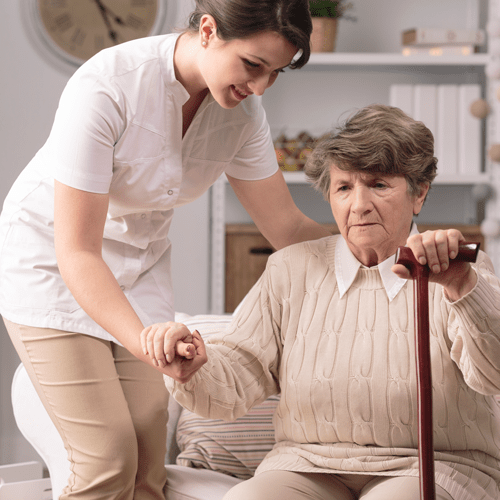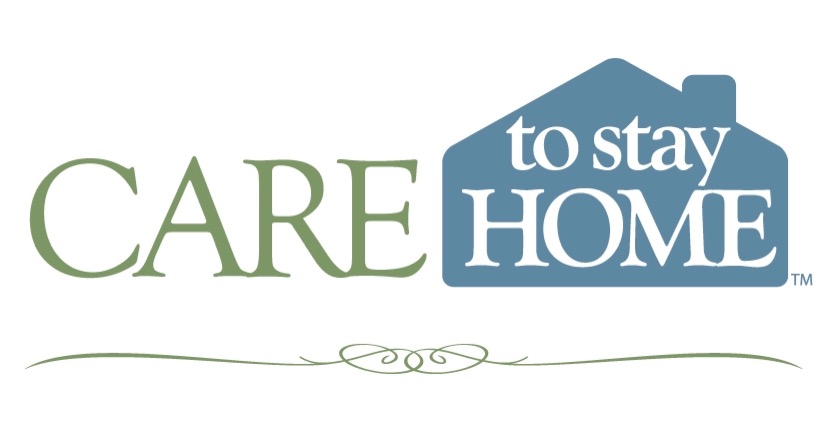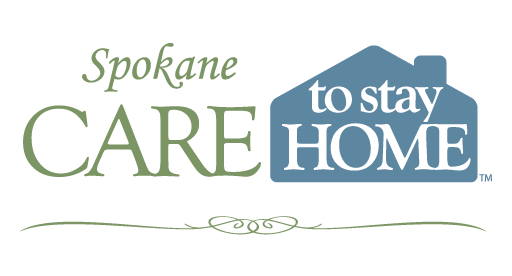Care To Stay Home is here to provide a safe and supportive home environment for your loved one after a stroke. Post Stroke recovery can be very important in the lives of our clients and we understand the need for compassionate and professional assistance. Our caregivers understand the physical, mental and emotional needs of a stroke survivor. Our continuous, one-on-one care and attention provides the support and assistance needed to maintain your loved one at home.
Our Care Managers can meet with you to discuss your specific care needs and perform consultations at home or in a hospital or facility setting. We are also able to coordinate that care with the medical professionals overseeing treatment, such as the doctor’s office, home health team, therapists and other medical teams as needed. We strive to coordinate our care with the medical professionals attending to your loved ones medical needs.

National Stroke Association recommends these simple lifestyle changes to greatly reduce your chance of having a recurring stroke:
- Quit smoking
- Limit alcohol
- Monitor your cholesterol levels
- Manage your diabetes
- Exercise
- Eat foods low in sodium and fat
- Monitor circulation problems with the help of your doctor
- Follow doctor’s orders
The National Stroke Association predicts that 795,000 Americans will experience a stroke this year. Those who have had a stroke are almost 15% more likely to have a second stroke within a year of their first incident. Few Americans know the signs and symptoms of a stroke. Learning them and acting FAST when they occur could save your life or the life of a loved one.
Common stroke symptoms include:
- Sudden numbness or weakness of the face, arm or leg – especially on one side of the body,
- Sudden confusion, trouble speaking or understanding,
- Sudden trouble seeing in one or both eyes,
- Sudden trouble walking, dizziness, loss of balance or coordination,
- Sudden severe headache with no known cause.
Use the F.A.S.T. test for recognizing and responding to stroke symptoms:
F = FACE (Ask the person to smile. Does one side of the face droop?)
A = ARMS (Ask the person to raise both arms. Does one arm drift downward?)
S = SPEECH (Ask the person to repeat a simple sentence. Does the speech sound slurred or strange?)
T = TIME (If you observe any of these signs, it’s time to call 9-1-1 or get to the nearest stroke center or hospital.)


